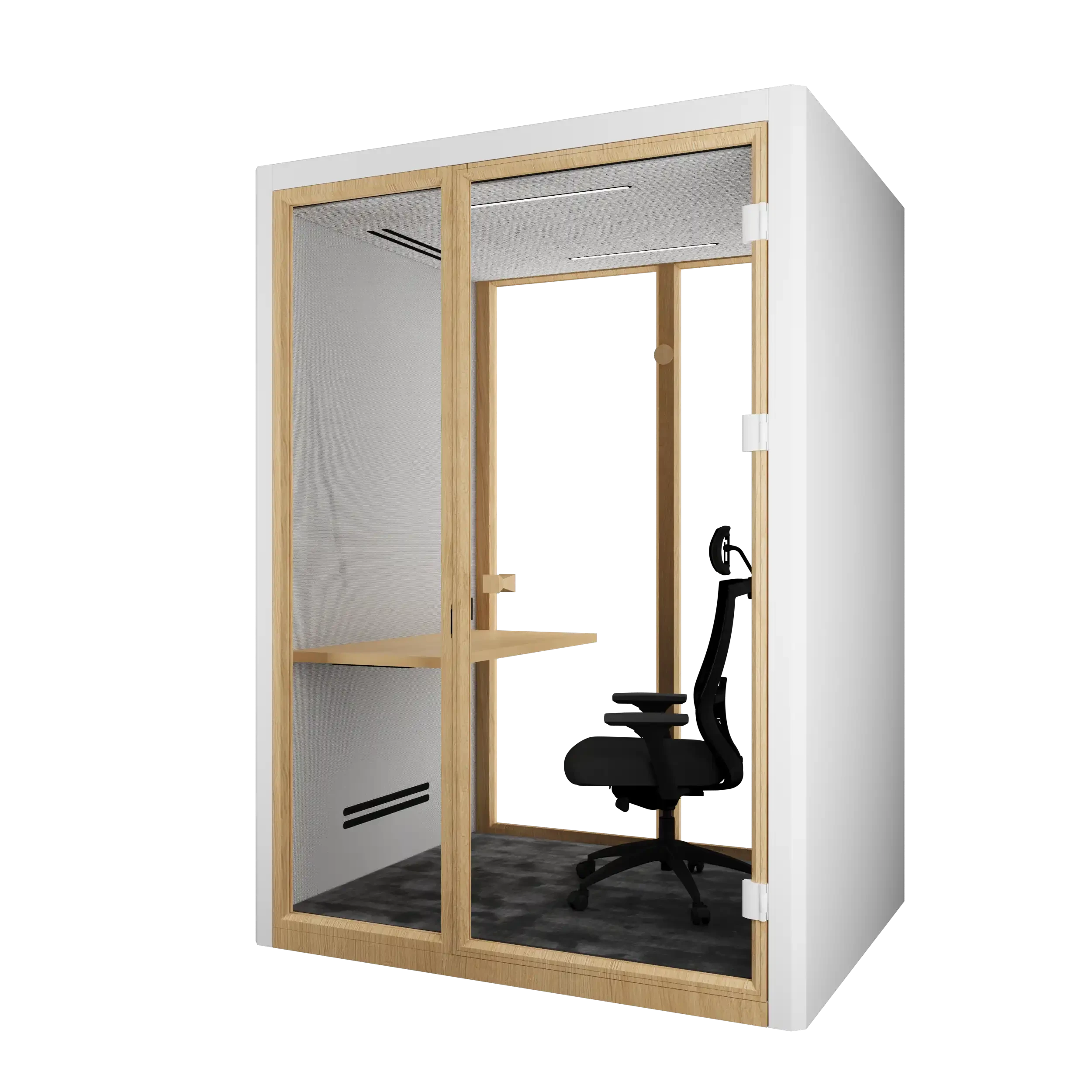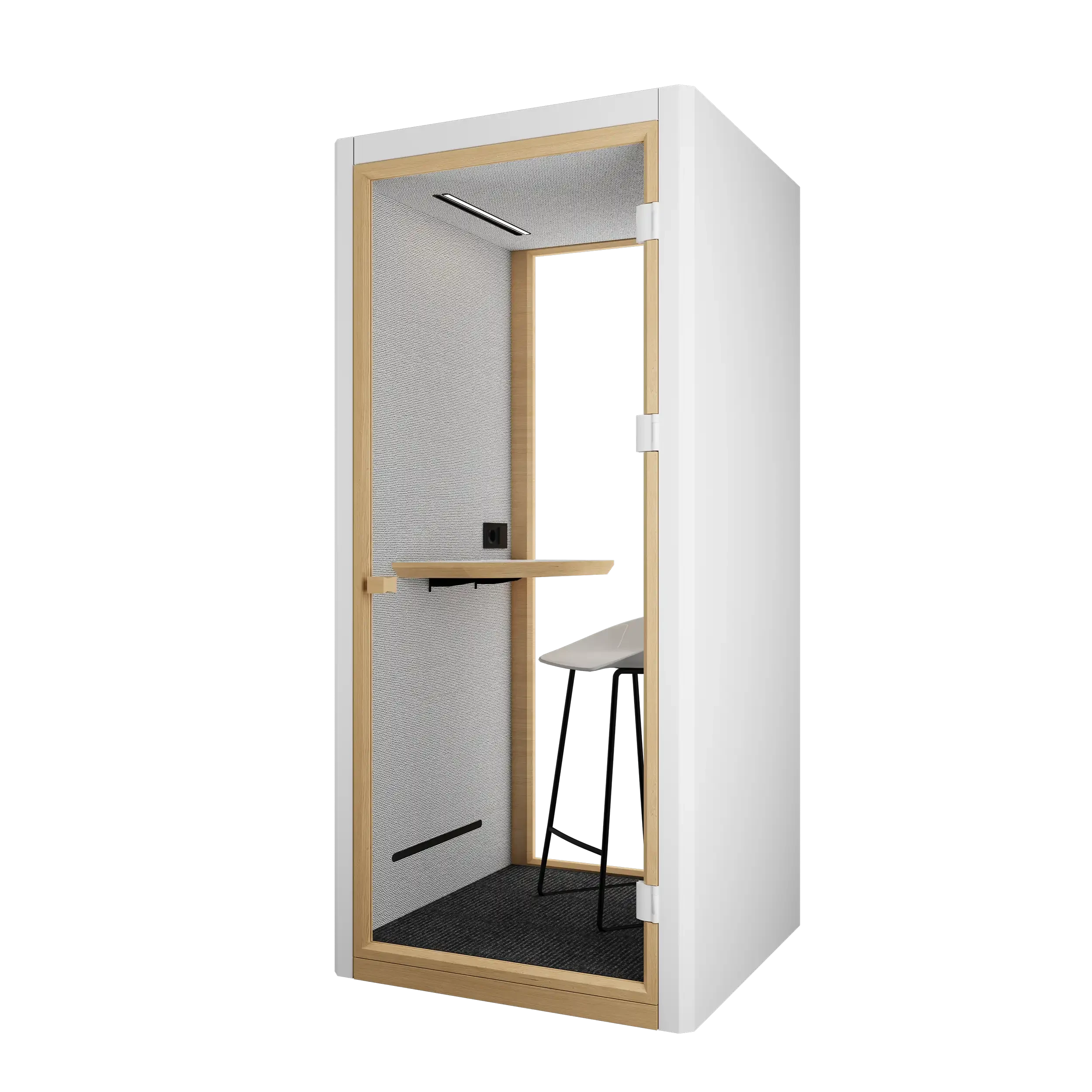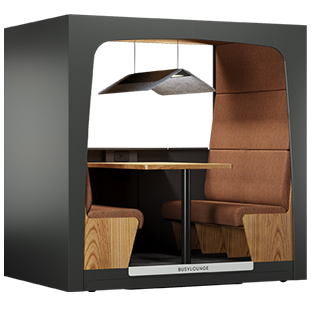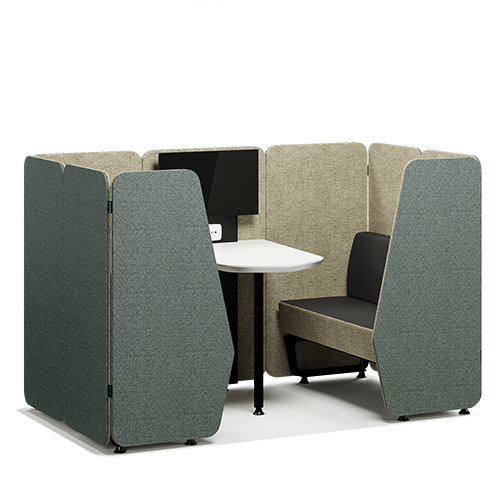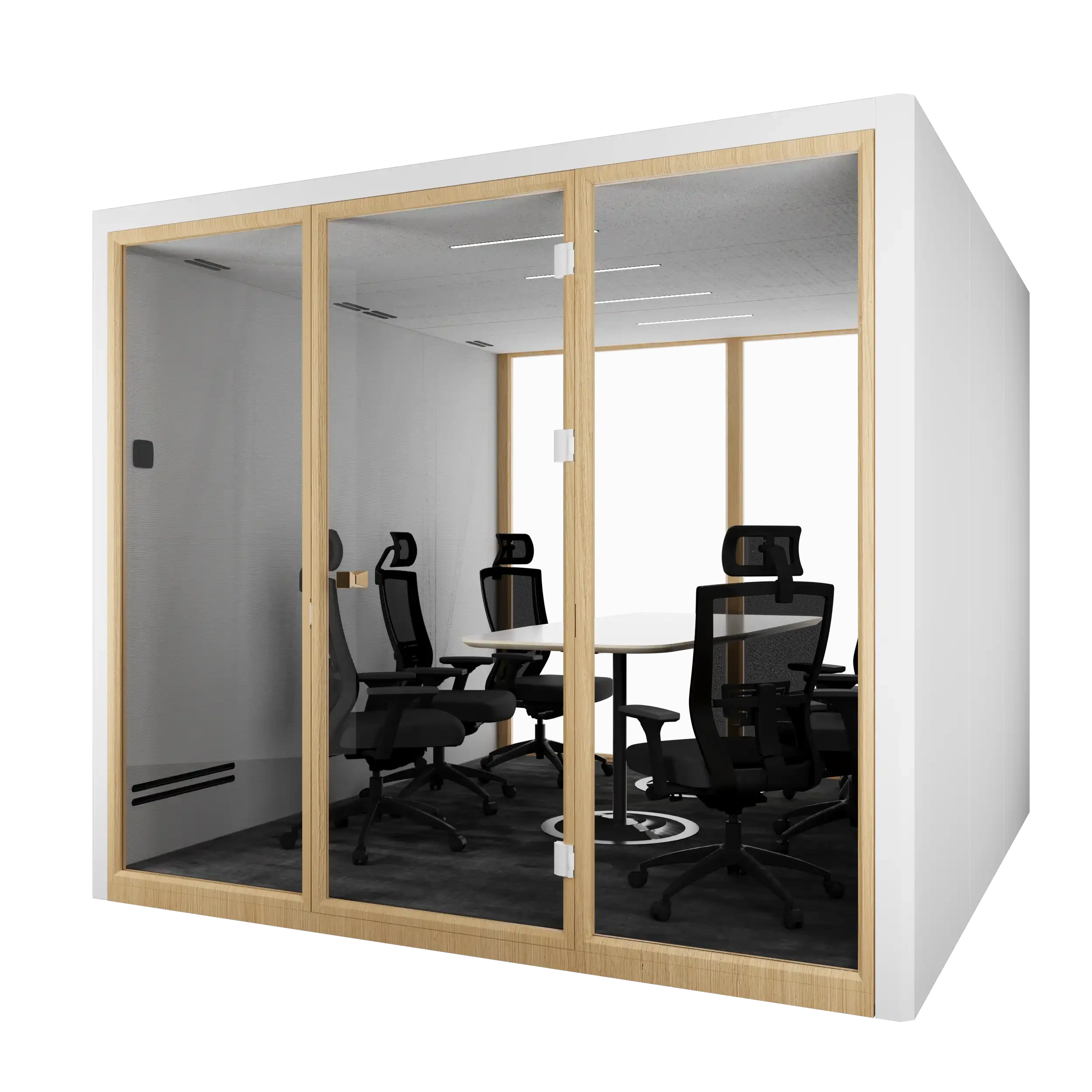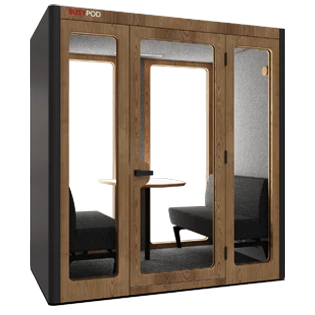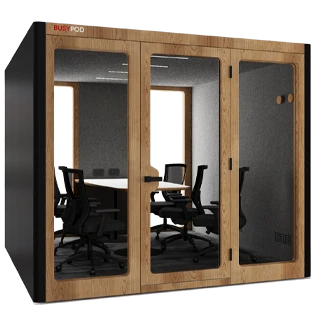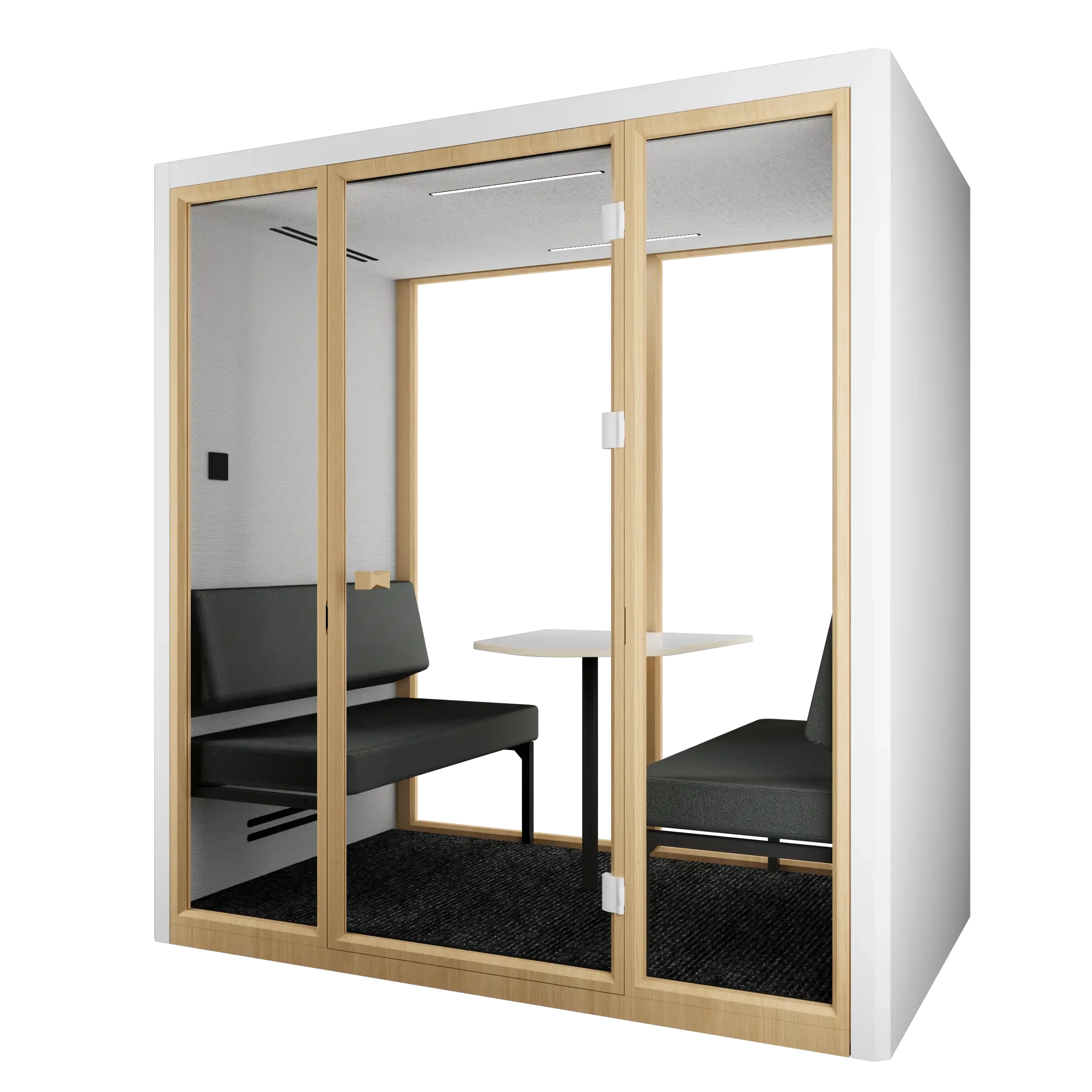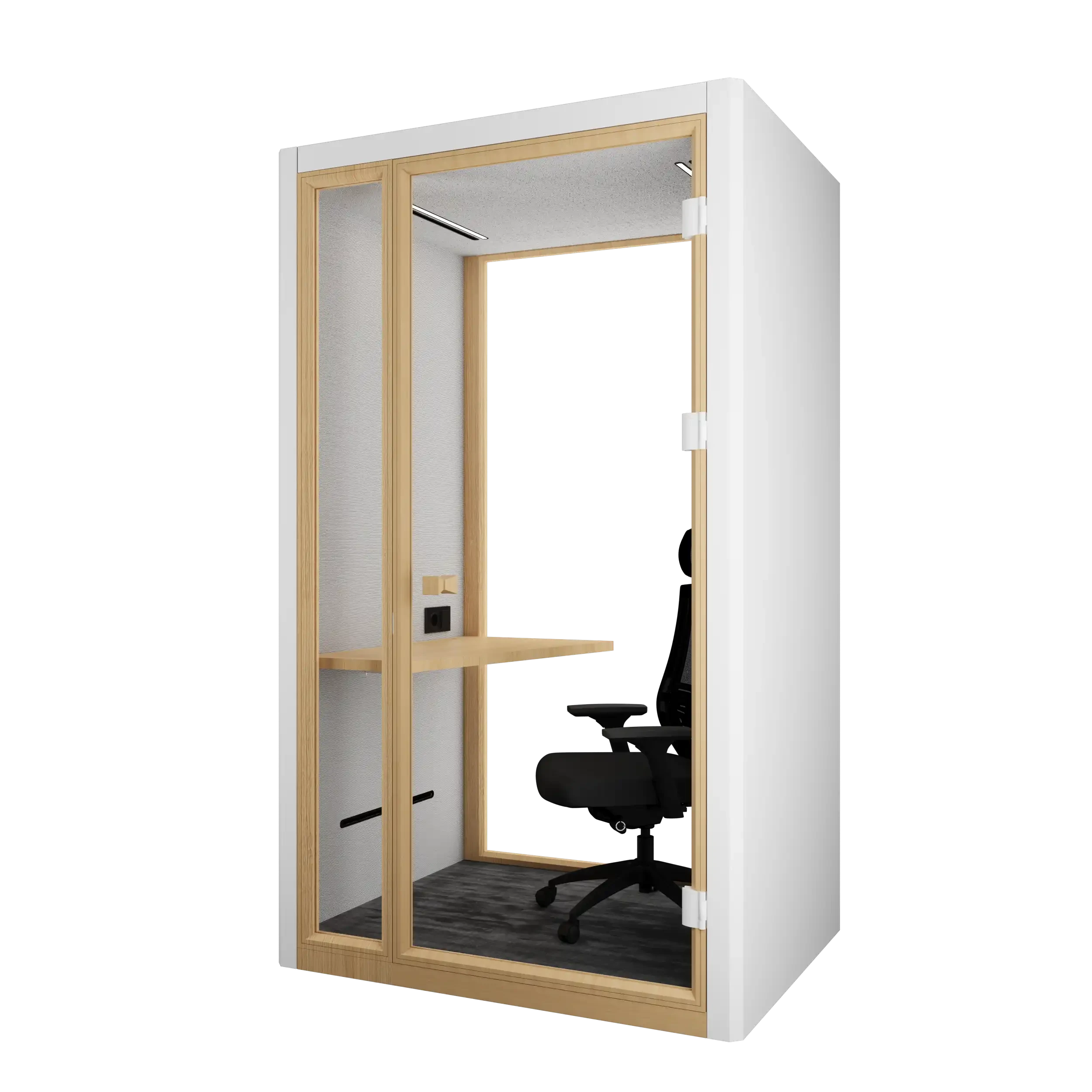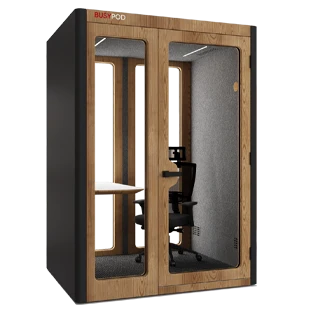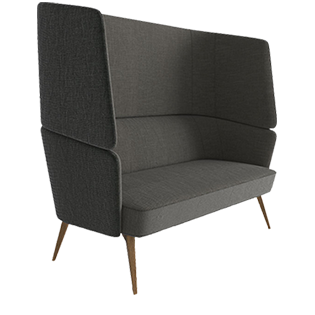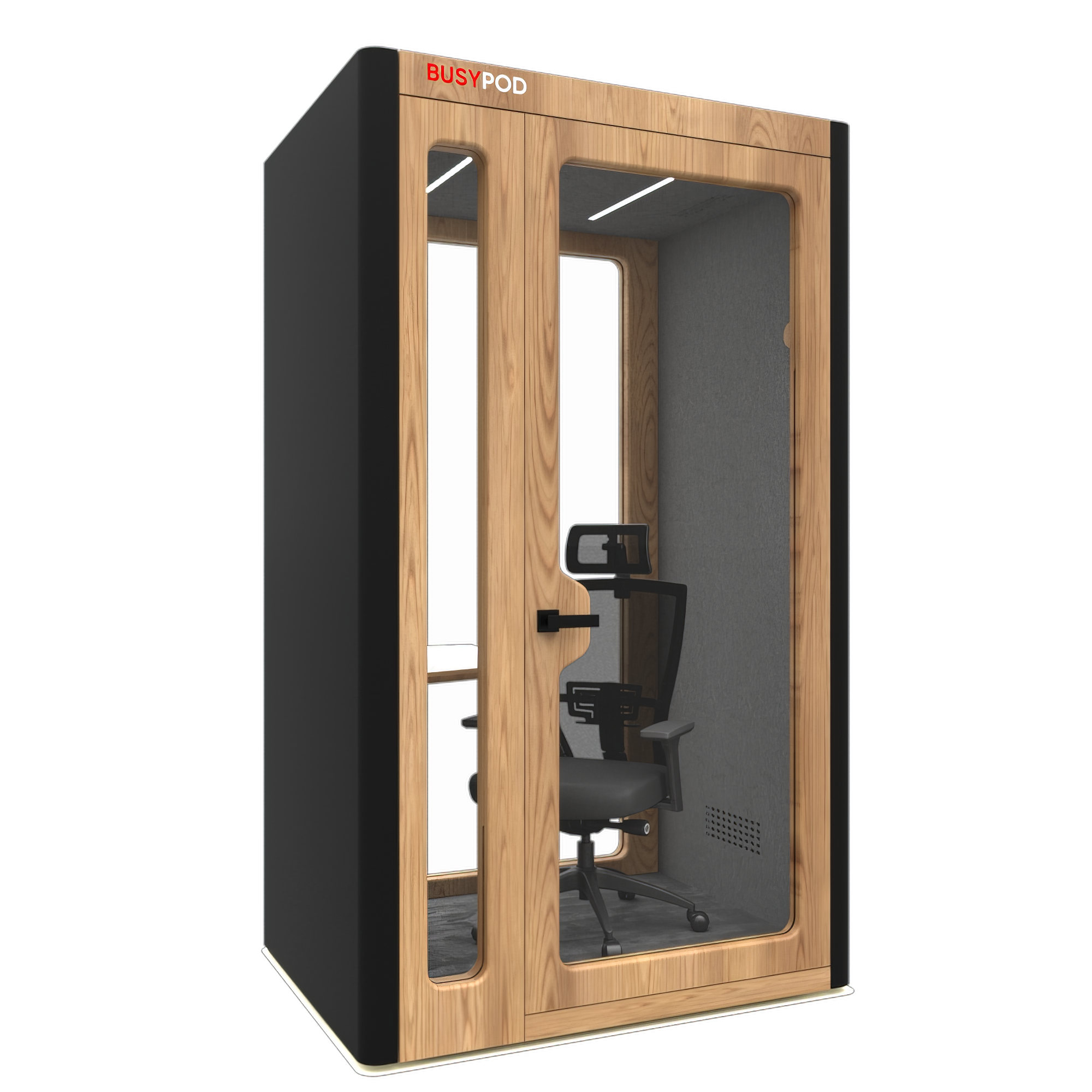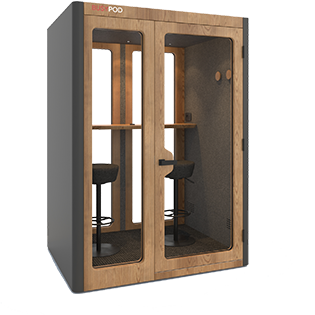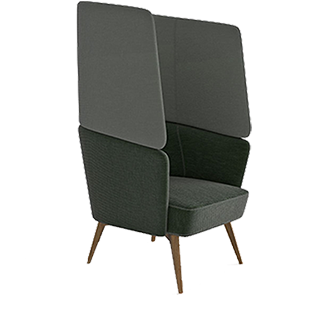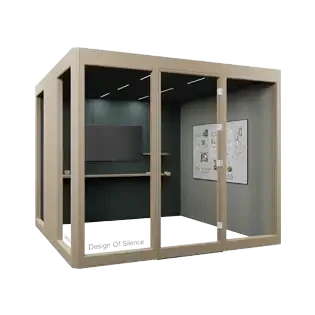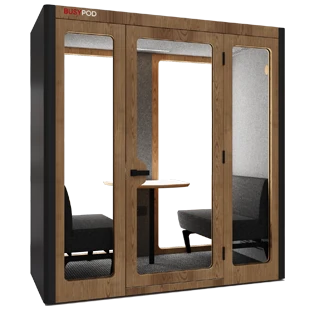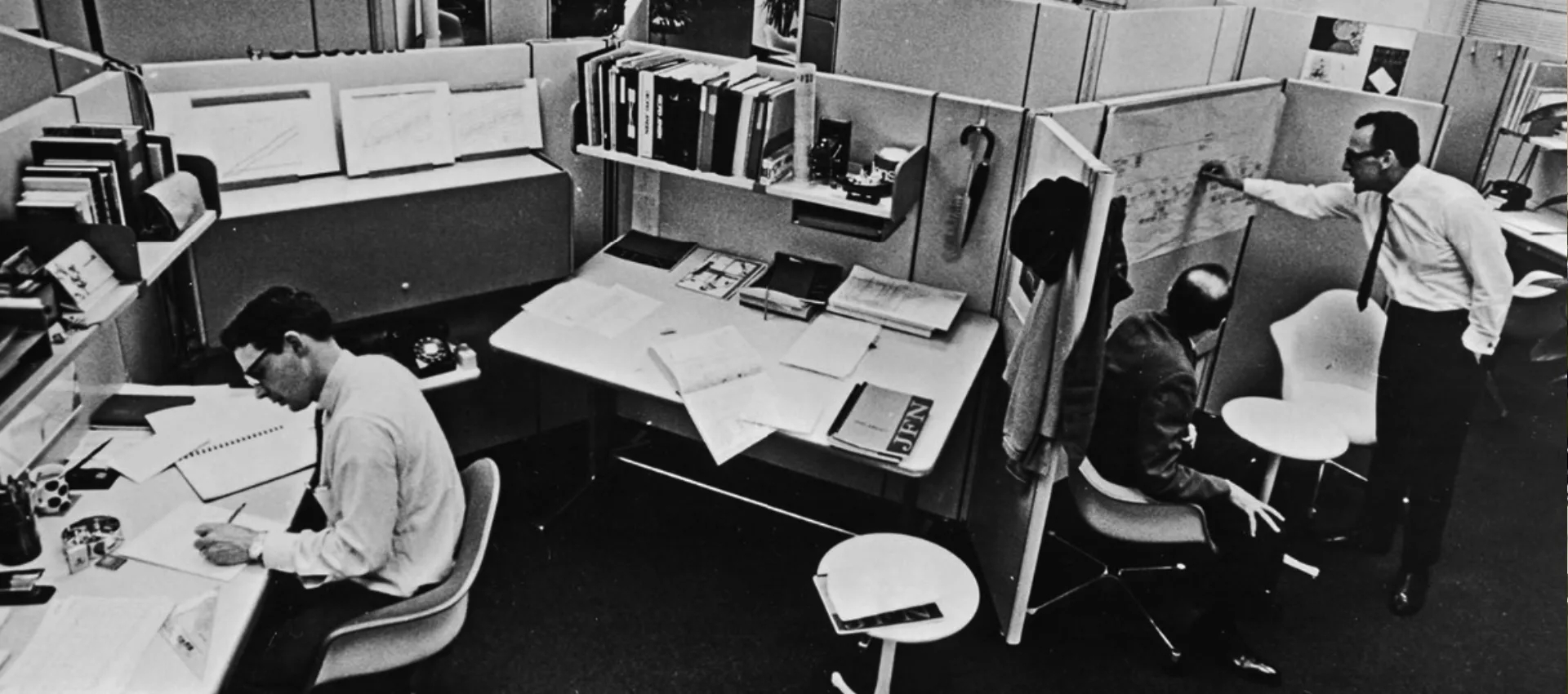
A Brief History of Offices
Among modern workspaces, open offices are the most popular and the most ubiquitous ones. Most of us, especially those who performed white-collar work, are familiar with this widespread concept of a workspace. Open offices might even be the most typical definition of a workspace, where employees spend their days in large, shared spaces with few barriers between colleagues, buzzing electronics and a constant rush.
Of course, workplaces weren't always like that. When did offices become the standard design of a workplace? How has it evolved? When did the first open offices emerge? If you want to learn more about these questions, keep reading. In this text, we'll explore the history of offices.
First Offices Emerging
The concept of office in its modern sense first emerged during the Industrial Revolution, from 1760 to 1840. The period was a time of industrial advancement, and as industrialisation spread, new factories rose with a need for administrative support.
During this time of technological progress, the first office spaces appeared. These spaces were typically within factories or warehouses. Early offices were nothing like the modern high-functioning offices. They were designed primarily for paperwork and record-keeping. Of course, this change created a new form of worker: white-collar.
White Collars Rising
In the second half of the 19th century, European cities were filled with factories employing hundreds of people. And these companies had offices where people could sit all day and make calculations, keep records and deal with hundreds, if not thousands, of workers.
During this time, the first office buildings were constructed. These structures were rather similar to our modern offices, with big, open rooms and rows of desks. The fast development of new technologies, such as telephones and typewriters, fostered a need for greater privacy in the office. Now, offices weren't only workplaces but rather social areas where people contributed to the developing commercial world.
Expanding Offices
As we already mentioned, with the development of offices, workplaces have become social spaces. This shift in their functionality created a need for individual offices for managers and executives, who often worked with more confidential information.
The development of partitions and screens to provide some amount of privacy for other employees also marked this era. Meanwhile, as the demand for skilled white-collar workers soared, being an office employee became a more prestigious and lucrative profession than it used to be.
Modernist Movement and New Designs
Post-World War II was an era of significant changes in daily life. Nevertheless, one of the most apparent was in architecture and workplaces.
In the mid-20th century, the rise of a new architectural movement, known as the modernist movement, changed the design of workplaces, with more efficient and functional ones becoming popular.
Meanwhile, the concept of open offices emerged. Large, open spaces with rows of desks and small barriers between employees characterised this new concept. The idea behind the design was quite simple: companies aimed to increase efficiency by encouraging collaboration and cooperation among their employees.
New Technologies, Open Offices, and Enhanced Productivity
At the same time, new technology such as photocopiers, intercom systems, and new electronic devices found their way into modern offices. Thanks to these technologies, it was now easier for employees to complete tasks faster and more effortlessly. These advancements allowed workplaces to enhance their productivity and efficiency.
Nevertheless, some employees also criticised open offices. Noise, distraction and a lack of privacy were the most significant reasons some employees didn't like the idea of sharing a large room with dozens of co-workers. As a result, some companies started to try new hybrid designs that combined open spaces with private areas, such as meeting rooms or individual offices.
21st Century, COVID-19, and the Rise of Remote Work
The 21st century saw some significant changes in work culture, from designs to concepts. Changing work habits, technological advancements and shifting priorities evolved workplaces.
Many companies continued to try new hybrid designs, most of which included an open office area as well as individual offices designated to high-ranked employees. Nevertheless, the most common design featured different departments clustered in their respective spaces. This design was similar to open offices since departments worked in a shared, open space.
Also, the rise of modern technologies caused the rise of remote work and the gig economy. Nevertheless, a significant event made remote work more common and popular than it ever was. The outbreak of COVID-19 evolved our perception of work in less than a year. This single event caused millions of white-collar workers to go remote and work from home. Also, during the pandemic, a drastic increase in freelance workers signalled an immense change for the future of work culture.
Of course, open offices didn’t disappear after COVID-19. Many employees still preferred working from an office, although they wanted some changes. For example, privacy had always been something all employees wanted; yet, after the pandemic, people wanted the same comfort they had at home in their workplaces. Companies addressed these wishes by implementing new policies, offering hybrid schedules, or giving their employees private spaces where they could get away from the distracting office environment, such as work pods and phone booths.
Although it's hard to anticipate what future workplaces will look like, it seems that we'll have more privacy and personalisation.
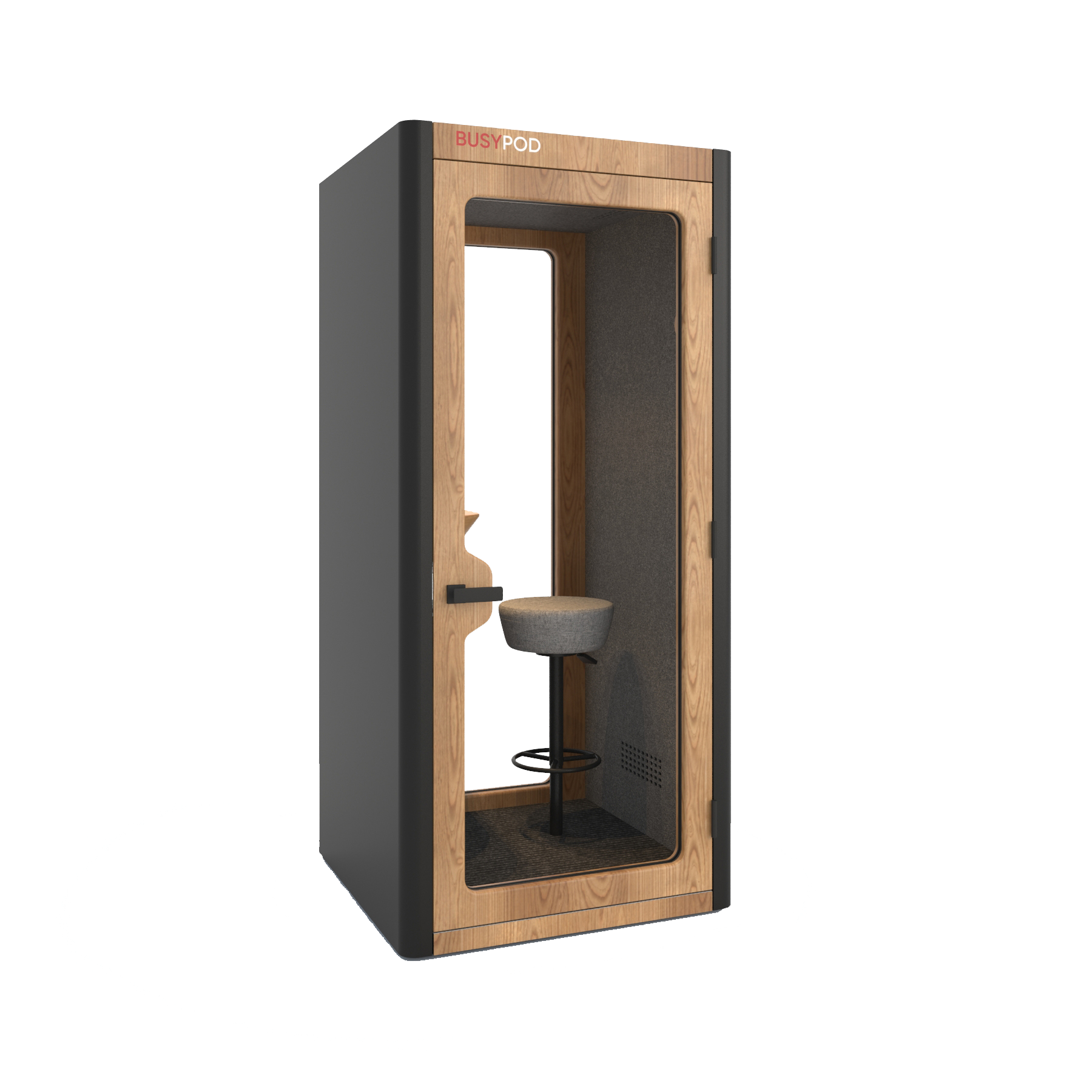 Design Your Pod
Design Your Pod

